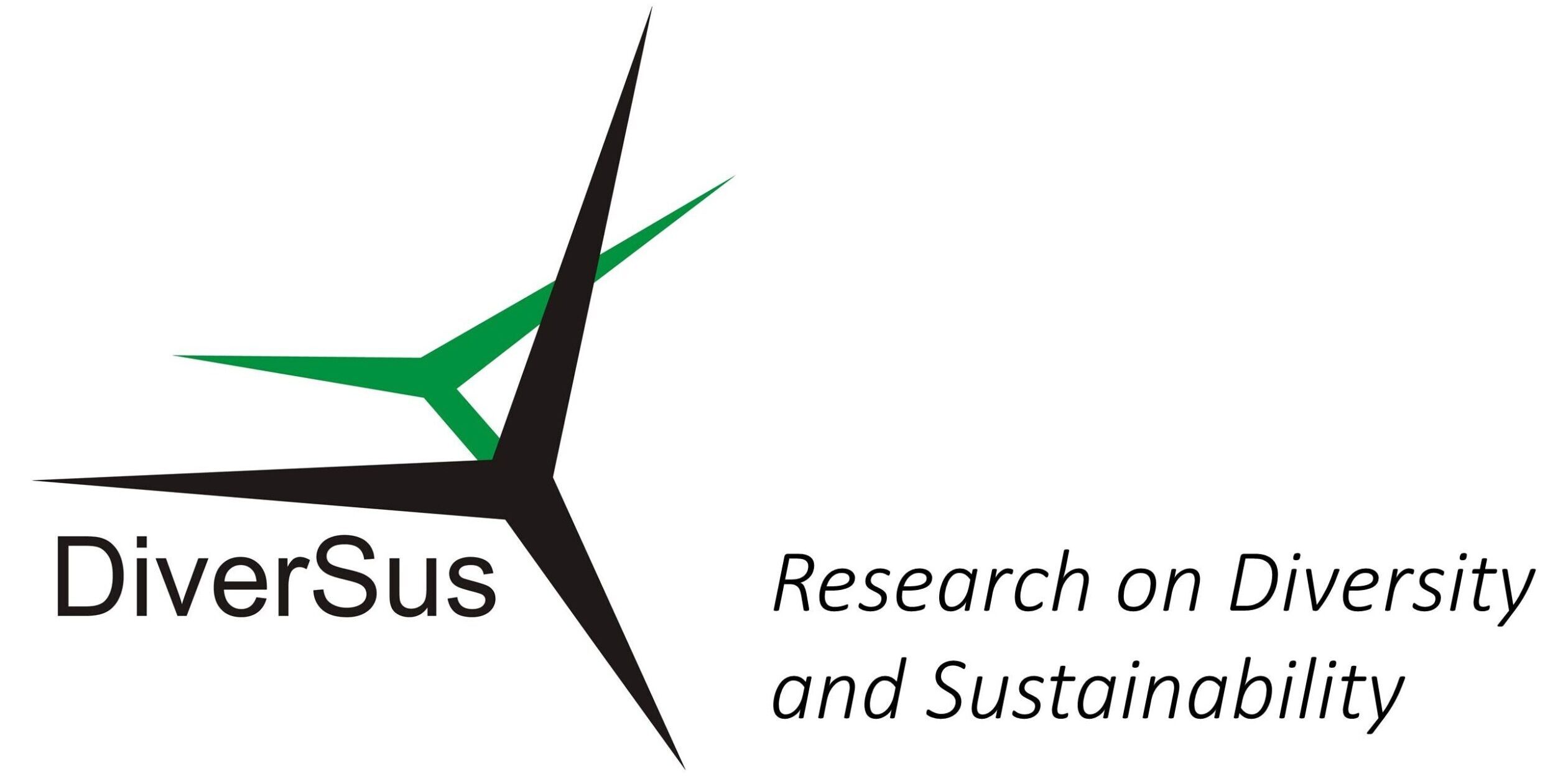On June 23, 2021, the activity entitled “How has the climate changed in western Córdoba in recent years and what can we expect for the future?” took place virtually. The objective of this activity was to discuss with local actors about the climate in western Córdoba and its changes. The speakers and moderators of the discussion were climate researchers Carolina Vera, Leandro Díaz, Anna Sorenson, who belong to the Sea and Atmosphere Research Center (CONICET-UBA) and are national and international referents in their specialty.
The participants, from various stakeholders in the region, showed great interest during the activity, which was reflected in the quantity and quality of their interventions both in the chat and orally when the microphone was opened. They were also interested and grateful for the opportunity for participation and dialogue.
———————————————————————————————————
The talk was divided into three modules, beginning with a brief overview of the project in which this talk is framed. Each module included a brief presentation of the main sources of information followed by questions and discussion with the attendees.
Module 1: How does the average climate vary in the region?

The main characteristics of the average climate of the region were described, such as the annual maximum and minimum temperatures, the precipitation regime per month and the approximate dates for the season.
Afterwards, debate was opened with the group to learn whether the conditions in their location are equivalent and which climatic variables are of interest to them. Several noted that the topography of the region is complex and that this generates heterogeneous conditions, so it is important to consider records in different locations. They also mentioned that variables such as winds, cloudiness, insolation or relative humidity are of importance in the region for the productive activities that are developed
Module 2: How has the climate changed in the region in the last decades?

The main changes in temperature and precipitation in the region were presented, highlighting increases in minimum temperatures and rainfall, mainly in summer and autumn.
Afterwards, the participants discussed the main changes they noticed and which ones are of greater interest to them.Interest in knowing how some other variables, such as wind, and changes in the way it rains with more extreme weather events.
Module 3: What can we expect from the climate in the coming decades?

We presented the main climate projections for the region for the near future. The observed trends are expected to continue with increases in temperature and precipitation. A decrease in the number of days with frost and in the number of dry spells is also expected.
Afterwards, participants discussed the main aspects of climate that affect their activities, whether they are concerned about it and how they inform themselves about it. Concern was expressed about fires, droughts, erosion and extreme precipitation events. Interest was also expressed in knowing how changes in land use associated with anthropogenic activities are affecting the region’s climate.

